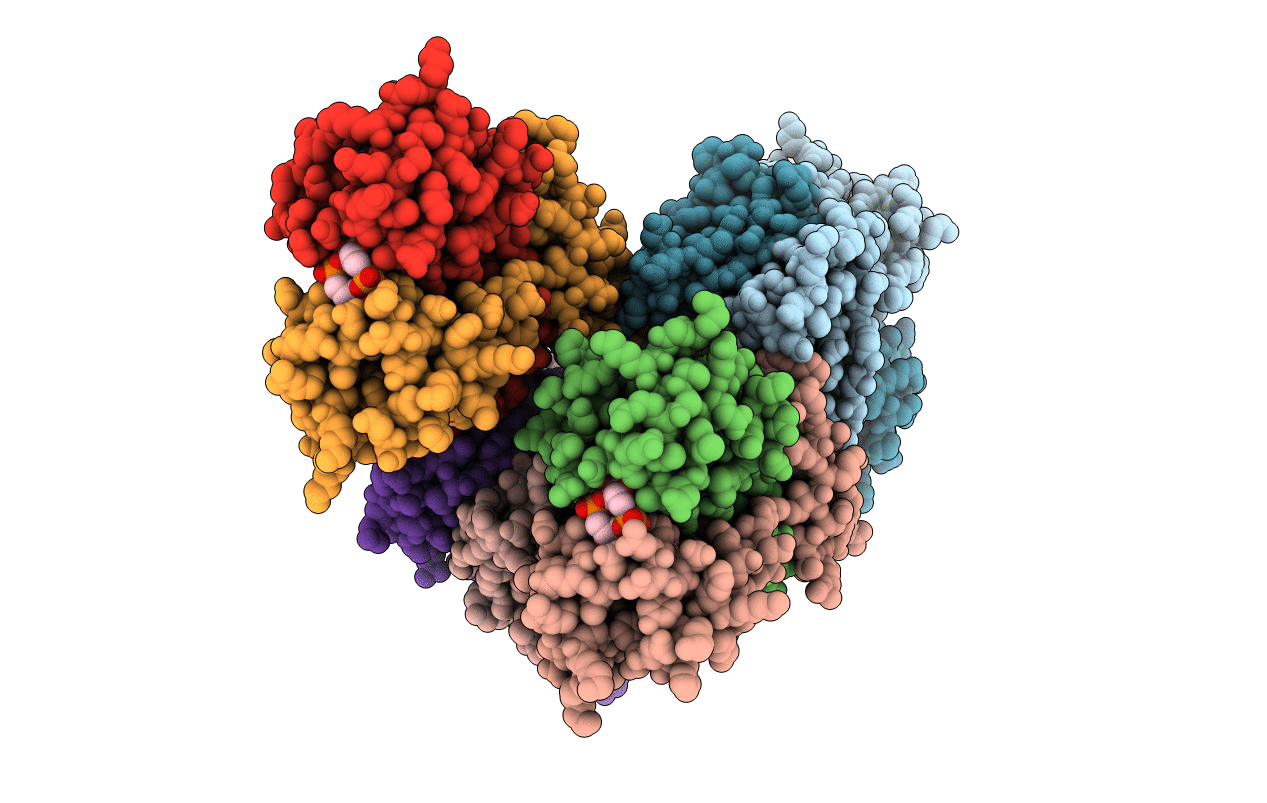
Deposition Date
2020-09-23
Release Date
2021-03-31
Last Version Date
2024-05-01
Entry Detail
PDB ID:
7AGV
Keywords:
Title:
High-resolution structure of the K+/H+ antiporter subunit KhtT in complex with c-di-AMP
Biological Source:
Source Organism:
Bacillus subtilis (strain 168) (Taxon ID: 224308)
Host Organism:
Method Details:
Experimental Method:
Resolution:
1.85 Å
R-Value Free:
0.24
R-Value Work:
0.20
R-Value Observed:
0.20
Space Group:
P 1 21 1


